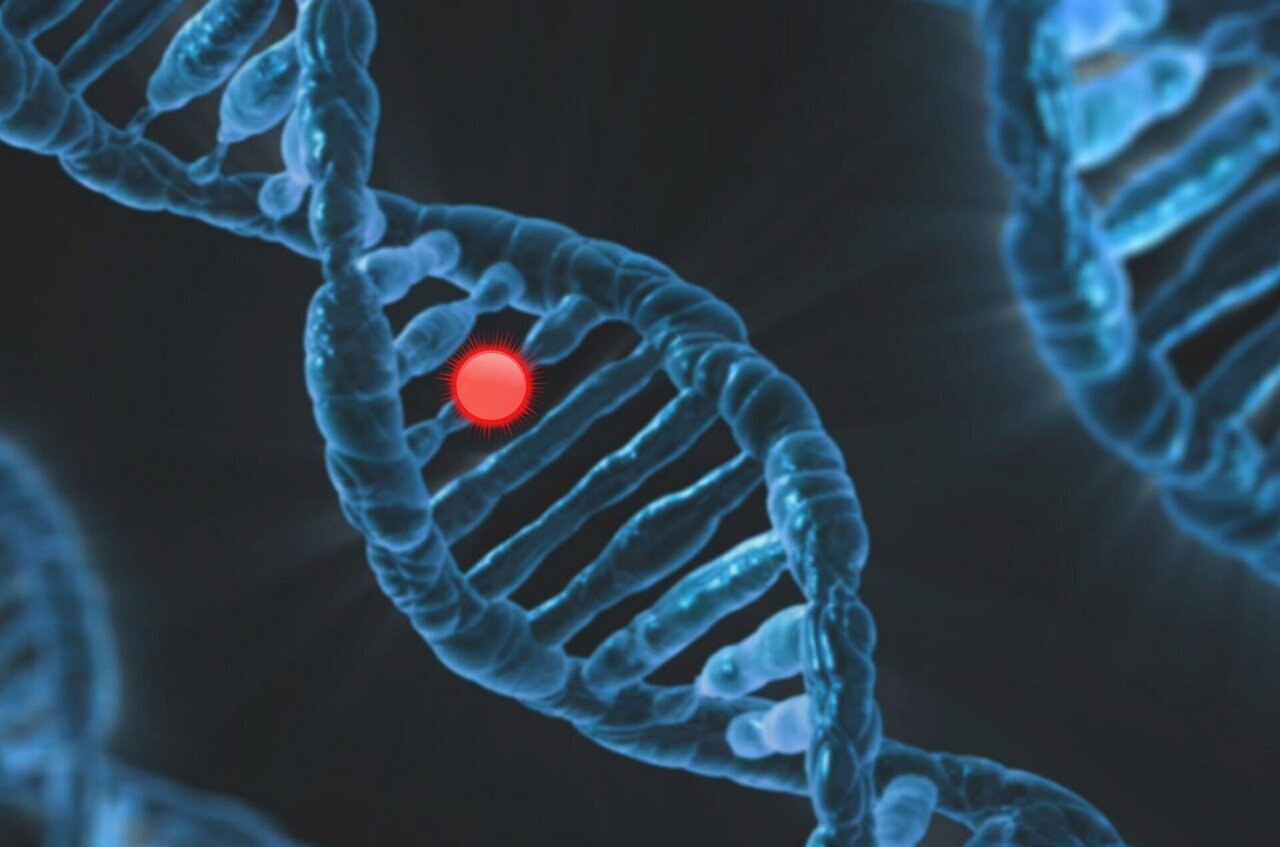RNA-Seq Outperforms DNA Tests for Cancer Mutations

Advancements in Cancer Diagnostics: The Role of Targeted RNA Sequencing
Recent breakthroughs in cancer research have opened new avenues for more precise and effective treatment strategies. A study conducted by researchers at the Hospital for Sick Children in Toronto has demonstrated that targeted RNA sequencing can detect clinically significant genetic alterations in 87% of tumors, offering crucial insights where traditional DNA sequencing methods fall short.
Cancer treatments have evolved significantly over the years, largely due to advancements in molecular diagnostics. While DNA-based techniques remain a cornerstone of current diagnostic practices, they often face limitations in identifying gene fusions and assessing the impact of splicing mutations. This is where RNA sequencing comes into play, providing a more sensitive approach to detecting gene fusions and directly evaluating transcript-level disruptions caused by genetic mutations.
In a study titled "Clinical utility of targeted RNA sequencing in cancer molecular diagnostics," published in Nature Medicine, researchers evaluated the effectiveness of targeted RNA-seq across 2,310 tumors spanning various types of cancer, including central nervous system, solid, and hematopoietic cancers. The results were promising, highlighting the potential of RNA sequencing as a powerful tool in clinical settings.
Of the 2,310 tumors analyzed, 110 (4.8%) failed quality control, primarily due to insufficient RNA. However, among the samples that met quality thresholds, sequencing was successful in 99.6% of cases. The study found that oncogenic variants were identified in 74% of tumors, with an additional 13% classified as pertinent negatives—resulting in a total clinical utility of 87%.
Among the positive cases, 40% carried single nucleotide variants (SNVs) or indels, while 32% showed gene fusions. Other structural variants accounted for 2.5%, and 5% exhibited multiple classes of alterations. Notably, gene fusions were 1.8 times more common in children, whereas SNVs were 1.6 times more prevalent in adults.
When comparing RNA-seq results with matched DNA sequencing data from 103 samples, the researchers found that RNA-seq detected 93.3% of oncogenic variants. The variant allele frequencies between RNA-seq and DNA-seq showed strong correlations, further validating the reliability of this method.
The study also revealed that 37 out of 1,933 evaluable cases received new diagnoses based on RNA-seq findings, while an additional 11 tumors were reclassified. This brought the total number of revised diagnoses to 48. Central nervous system tumors made up 30 of these revised cases, with several instances where ependymoma was reclassified as glioma, astroblastoma, or paraganglioma. In some cases, low-grade gliomas were re-diagnosed as diffuse midline glioma, H3 K27-altered, based on the detection of H3K27M mutations.
Five solid tumors were reclassified, including one initially diagnosed as metastatic Wilms tumor, which was later identified as clear cell sarcoma of the kidney following the detection of a BCOR internal tandem duplication. Another case, previously showing negative fusion results, was revised to dermatofibrosarcoma protuberans after RNA-seq identified a canonical COL1A1::PDGFB fusion.
Additionally, eight tumors were reclassified not by the discovery of new alterations but by the exclusion of expected diagnostic features. RNA-seq successfully ruled out defining molecular markers of the histologic diagnosis, leading to a re-evaluation of tumor classification.
Out of 104 patients considered for targeted therapy, 94 received treatment based on RNA-seq findings. The most commonly used therapies included MAPK pathway inhibitors, tyrosine kinase inhibitors, and immune checkpoint therapies.
Fusions alone explained oncogenesis in 86% of fusion-driven tumors, many of which lacked additional genetic alterations. RNA-seq proved effective across all tumor types and tissue formats, including degraded FFPE samples.
Researchers conclude that targeted RNA sequencing can serve as a standalone molecular diagnostic tool, offering high yield, minimized cost, and broad clinical applicability. This advancement represents a significant step forward in the field of cancer diagnostics, potentially transforming how we understand and treat various forms of the disease.
Post a Comment for "RNA-Seq Outperforms DNA Tests for Cancer Mutations"
Post a Comment